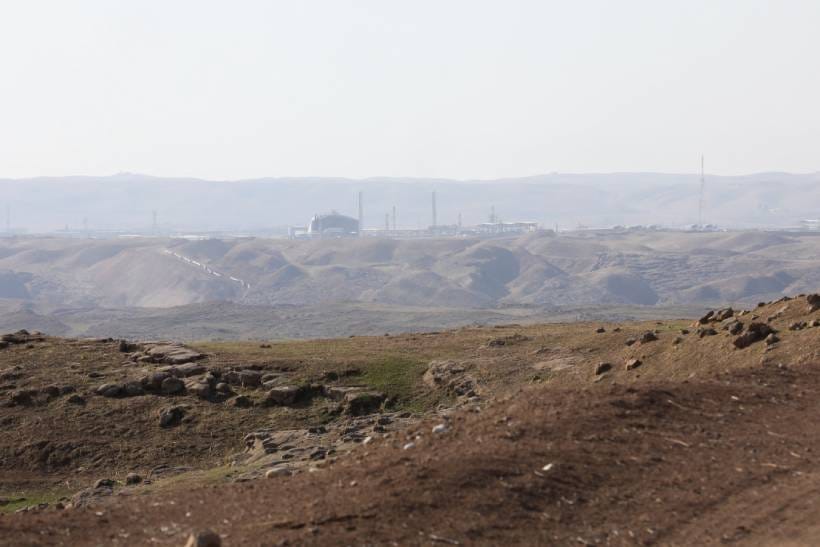Rocket Attack Shuts Iraq’s Khor Mor Gas Field, Causes Widespread Power Cuts
Production at Iraq’s Khor Mor gas field, one of the largest in the Kurdistan region, was halted after a rocket struck a storage facility late on Wednesday. The facility, part of a recent expansion under the KM250 project, had increased the field’s production capacity by 50% and included new installations partially financed by the U.S. government and built by a U.S. contractor. The attack comes amid a series of drone strikes and assaults on the region’s oilfields, which have previously disrupted production and raised concerns over energy security in northern Iraq.
Why It Matters
The shutdown of Khor Mor has caused significant power cuts in the Kurdistan region, with electricity generation dropping by an estimated 3,000 megawatts. The gas field supplies fuel for regional power generation, meaning interruptions directly impact homes, businesses, and local infrastructure. The attack also underscores the vulnerability of energy assets in Iraqi Kurdistan, a region of strategic importance with major U.S. and international investments in the energy sector.
Key stakeholders include Dana Gas and Crescent Petroleum, operators of the Khor Mor field under the Pearl Consortium, local Kurdish authorities responsible for regional security, and U.S. interests, given their financial and operational involvement in the field. Residents and businesses in the northern region are directly affected by the power cuts, while regional security forces and international observers monitor the recurring attacks, which are often attributed to Iran-backed militias targeting U.S. and allied interests.
What’s Next
Authorities are assessing the damage and working to restore production and electricity supply. Firefighting teams successfully extinguished the blaze early on Thursday, but gas output remains suspended, prolonging power shortages. The incident follows previous attacks in July and recent drone strikes, highlighting ongoing security risks to critical infrastructure. Local officials, including Kurdish leaders, have called for improved anti-drone and defense measures to protect energy facilities, while the investigation into the perpetrators continues.
With information from Reuters.
